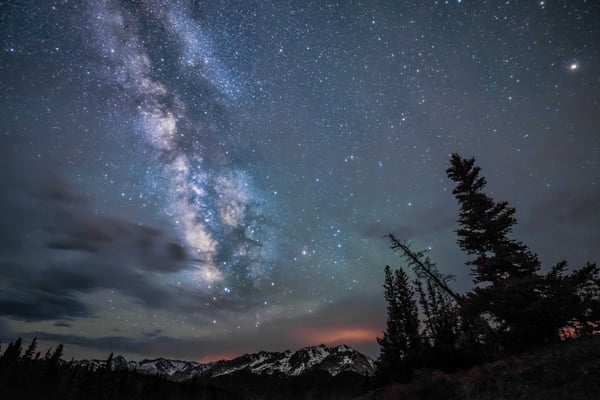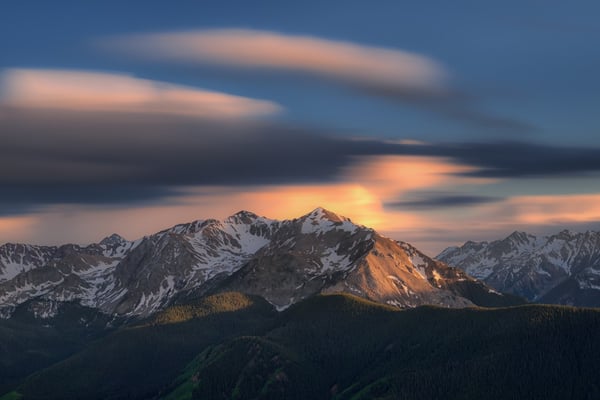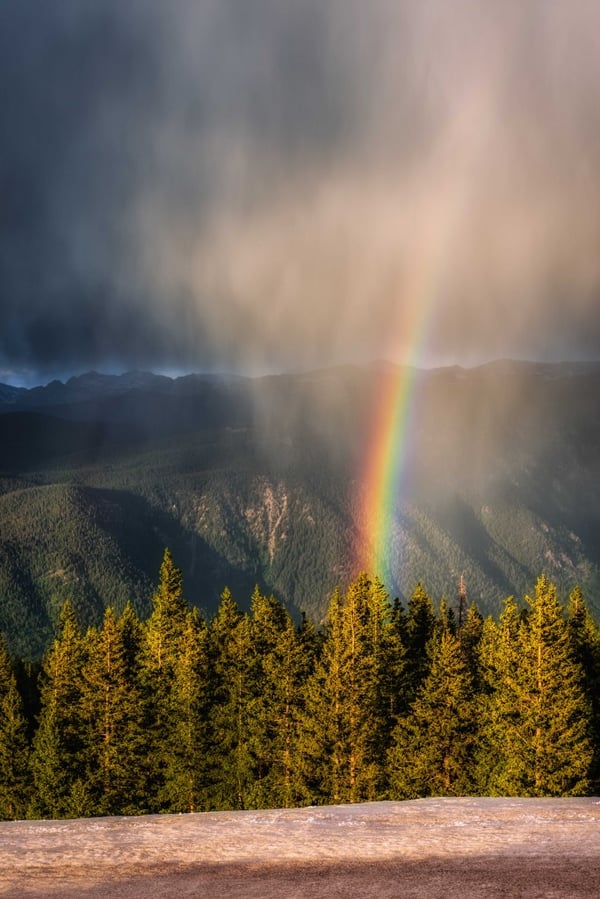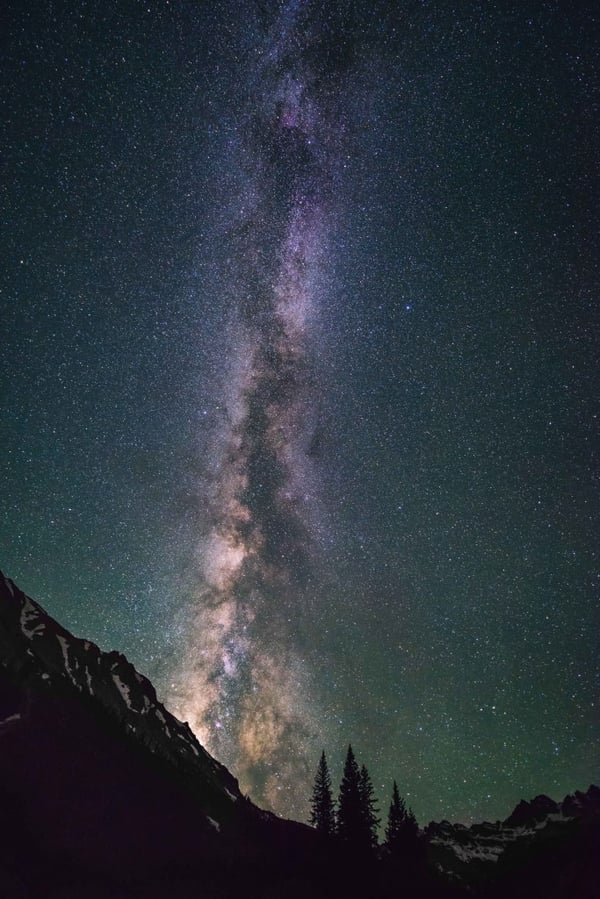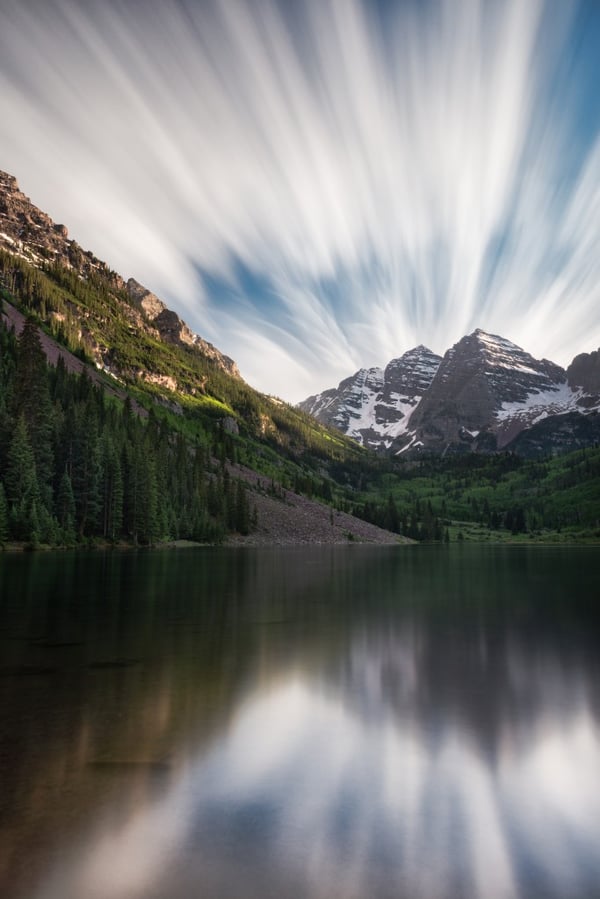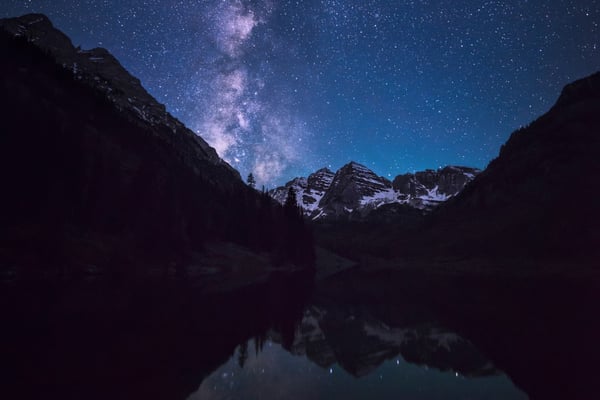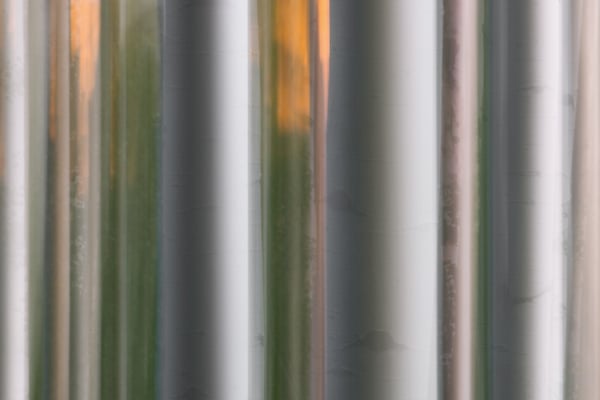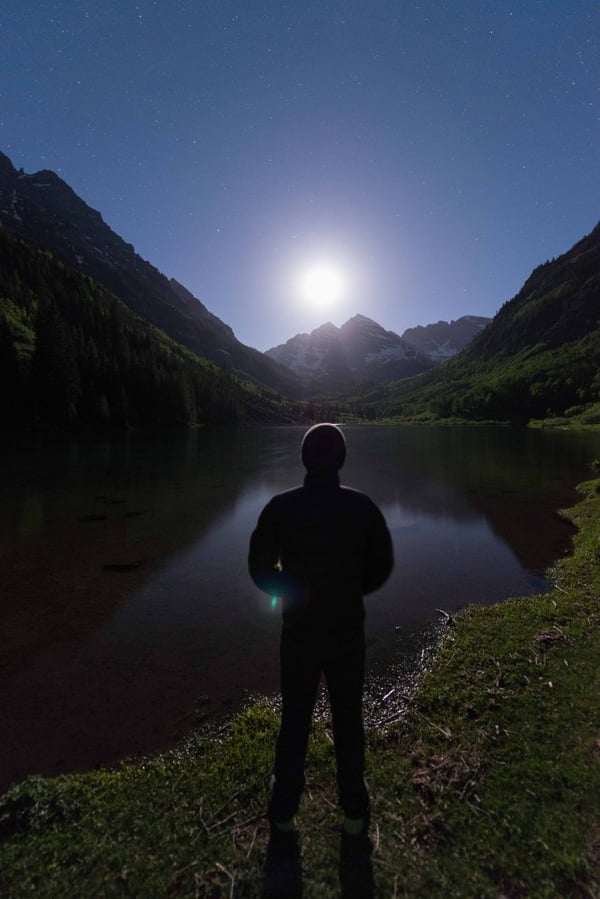Old Stomping Grounds
Old Stomping Grounds by Mark Gvazdinskas
A couple months back I found myself in a creative rut constantly shooting seascapes. I needed a change of pace and Colorado was my answer.
Lucky for me my brother who lives in Boulder is also extremely passionate about photography, with an emphasis on video and time-lapse. We set some dates and the flights were booked. We originally planned on spending an entire week shooting around a huge section of Western Colorado, but after one day in the Aspen area we were reminded of one special thing: Aspen and the Roaring Fork Valley can keep a photographer occupied for years.
Aspen was my outdoor playground during my college summers, and while I was mostly concentrated on rock climbing I still never missed an opportunity to enjoy the glorious scenery. Often my work schedule during those summers was different than all my friends so I set out to explore new locations by myself. The solitude and solo adventures made me love the natural areas around Aspen that much more. But I had no camera. Times have changed. Below is all the gear I brought with me, and every piece of equipment was used. Oh, the days when one carry-on backpack would get me through a week!
Gear used:
- Nikon D800 with RRS BD800-L L-Plate
- Nikon D7000 with RRS BD7000-L Set L-Plate
- Nikon 1.4 TC teleconverter
- Nikkor 10.5mm/f2.8 Fisheye lens
- Nikkor 14-24mm/f2.8 lens
- Nikkor 24-70mm/f2.8 lens
- Nikkor 70-200mm/f2.8 lens with LCF-10 Foot Replacement and LCF-10P
- TVC-33 tripod with BH-55 lever release
- TQC-14 tripod
- PG-02 fluid gimbal with TH-DVTL-55 plate
- PC-LR Panning Clamp
- MTX Multi-Tool
- b+w ND110 10-Stop ND Filter
- b+w Circular Polarizer Filter
- Reverse Grad Filter
- Lee 0.9 Hard Grad 3-stop ND filter
- Lee 0.9 Soft Grad 3-stop ND filter
- Lee 0.75 Soft Grad 2.5-stop ND filter
- Hitech Filter Holder
One of the RRS items that really helped out on the trip was the MTX multi-tool. The MTX lives on the 3/8-16 stud under my TVC-33 platform and I keep the tripod’s hook mounted at the end of the multi-tool. That’s how I store it and it makes my hook more accessible for hanging weight. We’ve all been in a position where we need a hex-key in the field, but if we even remembered to pack it, it’s often times floating around in one of those obscure places in the camera bag. Storing the MTX on my tripod means I have all the bits necessary for any of my RRS equipment. Even more, the MTX includes bits that will work for most standard sockets on other photo accessories. For instance, a crucial component on my brother’s six foot track came loose at the worst time possible: just before sunset at Maroon Bells. Had the MTX not been with us, along with its wide array of 22 bits, there’s no way he would have captured his Milky Way time-lapse. The MTX to the rescue!
The D800 lived on the TVC-33 tripod the entire week, and my D7000 was just perfect on the TQC-14 tripod, even with a 70-200mm/f2.8 and teleconverter. I could have brought only the TQC-14 and left the big boy at home as this tripod is perfect for all the gear I have, but I’m in love with the TVC-33, even if it is technically “overkill” for my gear. Plus I needed two cameras rolling at all times. Below is an iPhone shot of my standard setup during the trip. While my D800 fired long exposures I stayed busy with the D7000 and telephoto. I can’t imagine going on another trip like this without two tripods. For the airline portion of my travel the TVC-33 tripod and FG-02 fluid gimbal fit in my checked bag while every other piece of equipment listed above was able to go in my carry-on luggage. Not only is the TQC-14 extremely robust, it is the perfect travel companion, even on small, commuter planes.

Behind the Scenes at Maroon Bells
Now for the trip! Our first night I trusted my brother’s judgment for a shooting location. He had mountain biked up to Richmond Ridge in the past but had never driven the forest service road to the top. Richmond Ridge is high above Aspen and we had a 360-degree panoramic view of at least ten of Colorado’s mountains with elevations of 14,000+ feet.
Not only were we granted an amazing sunset that first night, but the clouds cleared and at around 11,000 feet the Milky Way SHINES after the moon sets (the first Milky Way shot is from the top of Richmond Ridge at around 3:00am). We stayed up all night, braving the high winds and freezing temperatures. Why leave? The next day offered storm clouds I just don’t ever find in coastal California. Unless it’s for black and white conversions I rarely shoot landscapes in the middle of the day but over the course of eight hours was lucky enough to witness mammatus clouds, a double rainbow and one of the most intense lightning storms I’ve seen.
OK, two nights was enough. Time to press on. My brother knew of some spots up Pearl Pass, yet another valley fork near Aspen. We found a perfect camp spot in a basin just below massive Castle Peak which gave us the opportunity to shoot another day full of storm clouds, a dramatic sunset, and the night sky all the way through sunrise. I thought the stars looked nice at the top of Richmond, but having a diverse foreground and a ridgeline as rugged as Castle’s, the framing with the Milky Way gave us some excellent variety.
Maroon Bells. Need I say more? One of the most photographed mountains on the planet, and for good reason. You’d be hard-pressed to ever find a view so picturesque, as if it’s a scene from a Tolkien novel. This was always my favorite spot in Colorado, despite it being a tourist trap. I’m having and will perhaps always have a difficult time describing our experience at the Bells. The sky was dramatic as we sped up Maroon Creek Road. Would the clouds stay for sunset? Would there be one of those stressful, territorial tripod battles? Would the clouds eventually clear for the Milky Way shots we were after?
To say we were lucky is an understatement. I set up at the popular location for shooting sunsets without another photographer in sight. The conditions we were granted have left me with “perma-smile” and I’m grinning ear to ear as I type. There was no wind in the basin so Maroon Lake was glass, but it was very windy at the higher altitudes, causing those puffy whites to cruise by. Was I dreaming? Was my 6:00am alarm about to abruptly wake me up? Nope. It was paradise for someone so obsessed with long exposures. I put my polarizer, 10 stop and Lee 0.9 Soft Grad ND on my D800 with 24-70 and fired 6-12 minute exposures for over an hour. The first image popped up on my screen. I could have stopped shooting, enjoyed a good night’s sleep, and honestly cut my trip short having obtained the exact shot I’d been thinking about for the last couple years. “Do you really want to stay up all night…again?”
We decided to push through yet another cold night and wait for the Milky Way. The clouds vanished and the moon rose in its nearly full state. It would be a good six hours before moonset. Would the Milky Way even reach the Bells before sunrise? Yes. The answer is yes. This was the absolute best night of my life as I was able to do my favorite activity in my all-time favorite location and experience it with no one else besides my brother and his German Shepherd pup (and the menacing brown bear we saw in the foothills just before sunset). Even though we were freezing it was really tough to leave the Bells as the morning light forced the Milky Way to fade away. Five steps. Look back. Five more steps. Look back again. All the way to the parking lot.
Our final destination was where I spent most of my summer days off: Independence Pass. This stretch of road just outside Aspen is lined with stunning groves of Aspen trees and sheer granite cliffs. It’s a rock-climber’s dream and a photographer’s paradise. While we could have spent the entire week exploring the trails, peaks and lakes we decided to focus on the Aspen trees. This is where the RRS VG-02 Video Gimbal Prototype came into play. The VG-02 truly is an all-purpose tripod head. Since both the vertical and horizontal axis have 4 levels of damping and are completely lockable, one can achieve cinematic video panning, multi-row panoramas and unbelievably smooth movement for tracking wildlife. As I don’t shoot multi-row panoramas very often and wasn’t there to shoot video, the smooth tracking was what prompted me to travel with the VG-02.
As the sun began to set I tried something new for me. I leveled the base of the VG-02 and found a cluster of completely vertical Aspen trees, then set exposure times to 10 seconds and slowly panned my camera vertically to create abstract blur on the trees and leaves. I certainly could have done this with a ballhead, but having the base of my tripod head level was necessary for getting the shot I was after, and the VG-02 made this quick and easy.
All and all my trip back to Colorado is one I’ll never forget, and I’d be lying if I said my Really Right Stuff equipment wasn’t at the heart of making the journey so enjoyable. Fast set-ups and take-downs in adverse weather and cold temperatures allowed me to protect my gear. Modularity and minimal packing sizes made travel easy. And perhaps most importantly: The lightweight Carbon Fiber made carrying everything at high altitude a breeze, even for this sea-level dweller!

